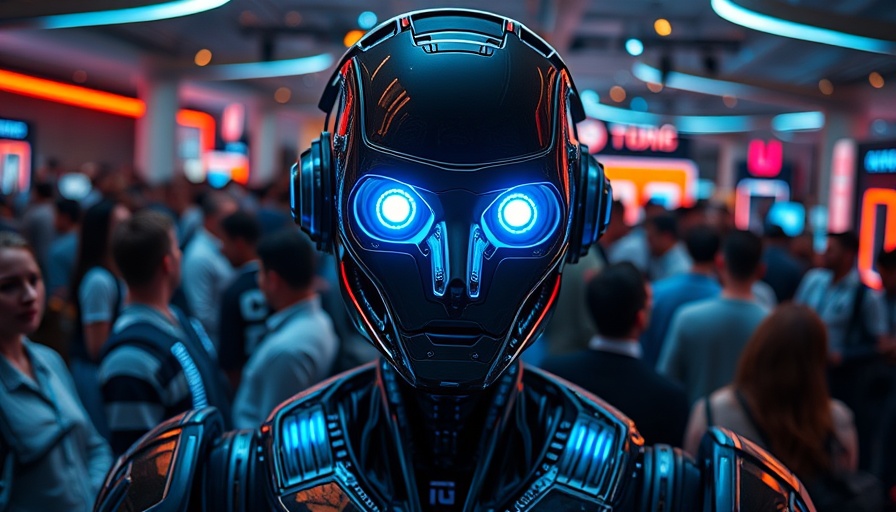
The Race for AI Supremacy Is Heating Up
The dynamic landscape of artificial intelligence is witnessing a significant shift, with OpenAI positioned to carve out its space as a global frontrunner. As it inches closer to a staggering $500 billion valuation, understanding the factors driving this ambitious goal becomes crucial not only for tech enthusiasts but for business leaders everywhere.
OpenAI's Journey to New Heights
Over the past few years, OpenAI's growth trajectory has been nothing short of remarkable. The strategic support from tech giants like Microsoft, which alone has invested tens of billions, and diverse funding sources has empowered OpenAI to catapult its valuation from a modest $157 billion last October to a potential $500 billion today. This shift highlights an accelerating trend in artificial intelligence akin to a high-stakes race where only the fastest innovators thrive.
The Impact of Competitive Investments
Amidst these developments, the broader ecosystem of AI is experiencing a surge, with companies such as Meta, Google, and Amazon collectively pumping in $155 billion this year alone. These investments not only highlight the growing confidence in AI's transformative potential but set a benchmark for startups and emerging players in the field. Business owners must recognize that with such intense competition, differentiation through innovative AI solutions is becoming ever more essential.
Valuation: A Double-Edged Sword
The quest for a $500 billion valuation is not just about numbers; it’s a reflection of investor sentiment and the perceived future of AI technology. Achieving this milestone would not only reshape OpenAI's destiny but could signal a robust endorsement of the entire tech sector's direction. However, we must remain cognizant of the market's volatility and the implications a high valuation can have on sustainability.
Challenges Amidst Success
Despite the euphoria surrounding OpenAI's rise, challenges persist. The launch of GPT-5, OpenAI’s latest model, stirred mixed reactions among users, emphasizing the delicate balance between innovation and user satisfaction. This serves as a reminder to business leaders: as they delve into AI tools and solutions, the end-user experience must remain a priority.
Regulatory Landscapes—Navigating the Future
With the rise of AI's capabilities comes increased scrutiny from regulators concerned about ethical implications. OpenAI's strategy must evolve to embrace not only innovation but ethical compliance, ensuring that AI advancements enhance societal good rather than complicate existing challenges. This is a pressing consideration for executives as they integrate AI into their business strategies.
What’s Next for OpenAI and the AI Industry?
The tech community will be closely monitoring how OpenAI navigates its imminent challenges, particularly as they relate to investor expectations and regulatory landscapes. The conversations surrounding OpenAI's potential stock offer could reshape industry narratives, influencing not just its future but also paving pathways for competitive growth among other AI stakeholders.
In conclusion, as artificial intelligence asserts its place in various business frameworks, staying abreast of industry movements and aligning with ethical measures will be vital. For those aspiring to excel in the evolving tech landscape, recognizing OpenAI’s journey serves as both a guide and a catalyst for innovation.
Discover how to become the signal in your market: visit stratalystai.com/signal.
 Add Row
Add Row  Add
Add 




Write A Comment